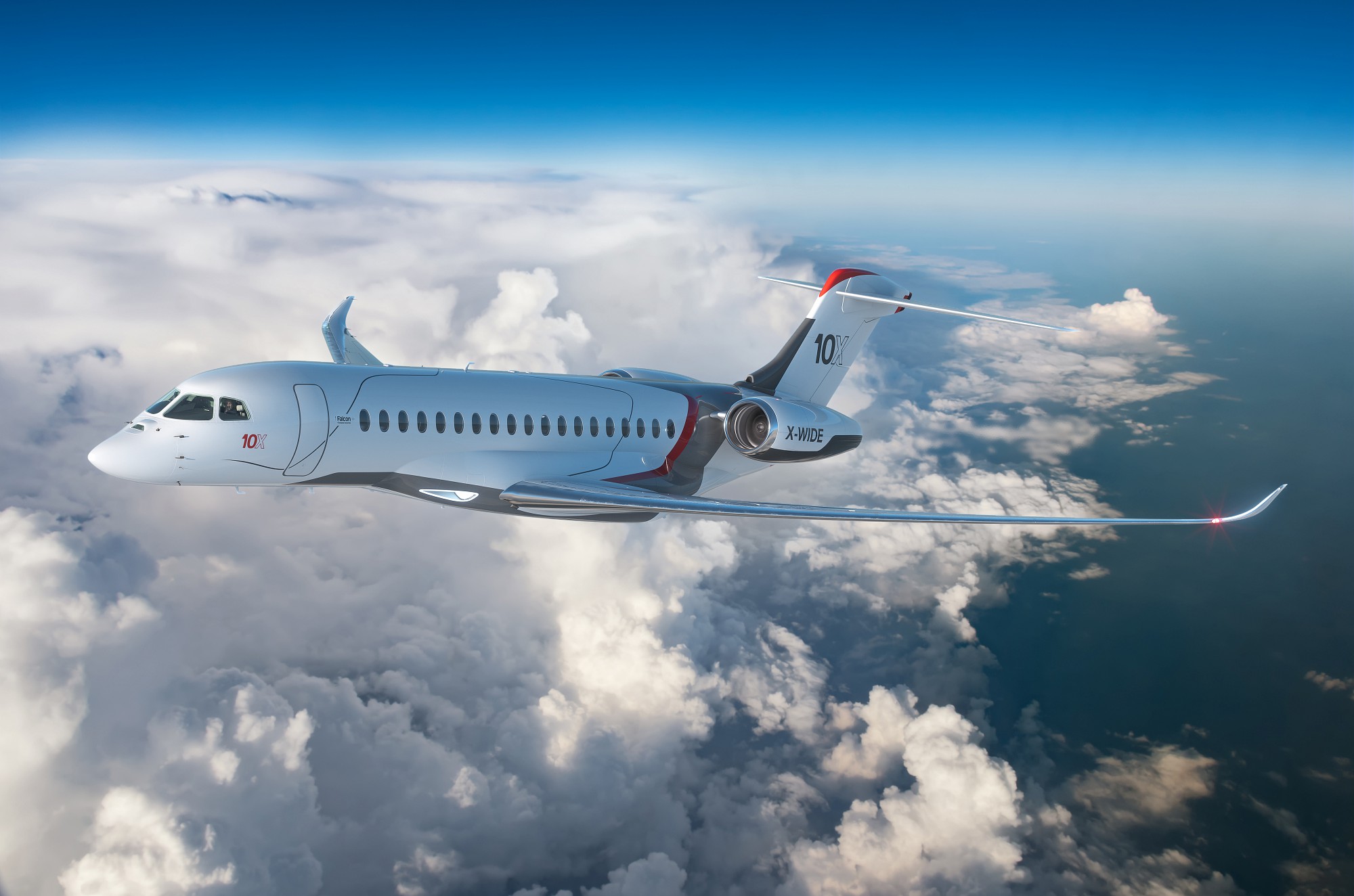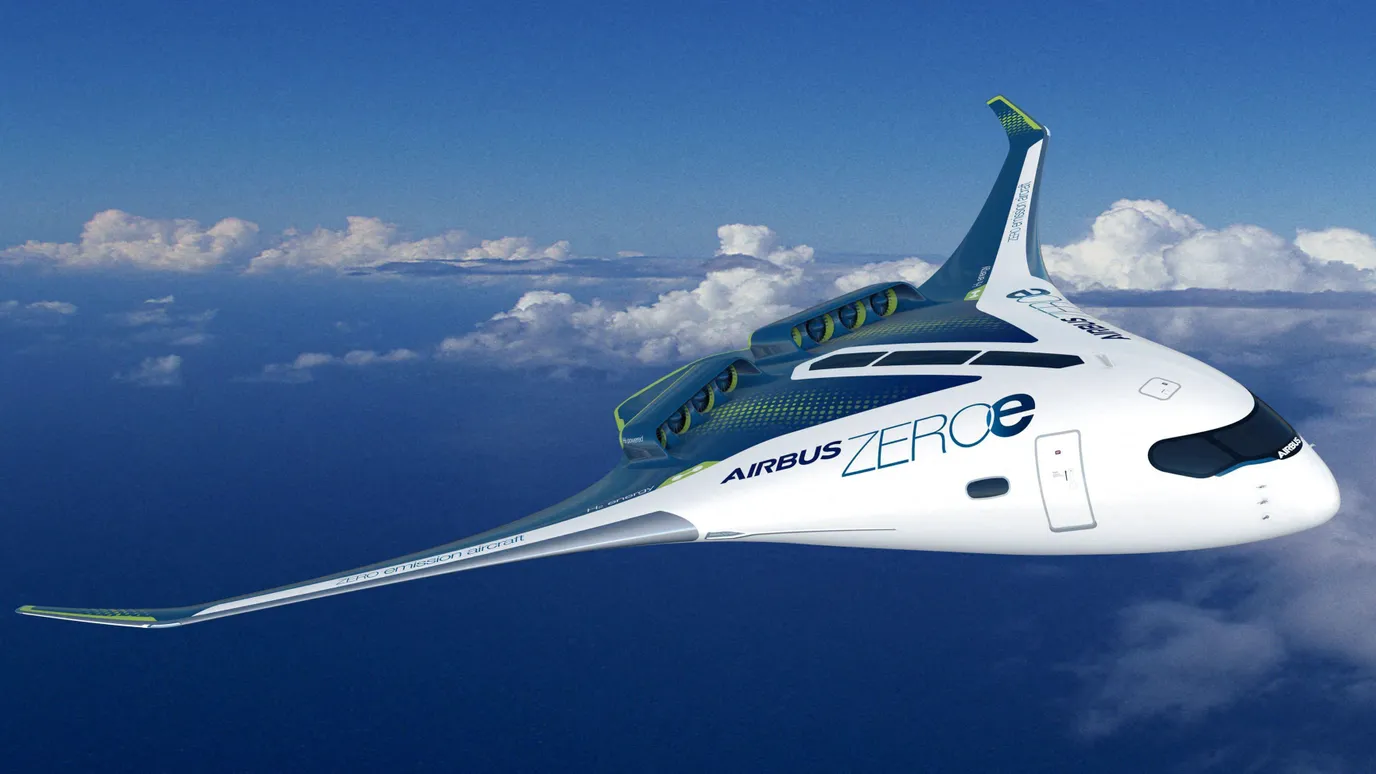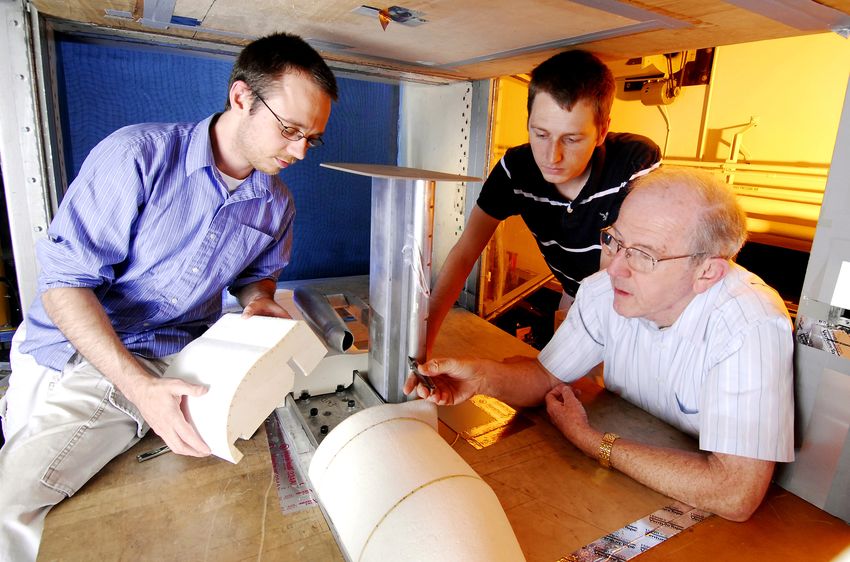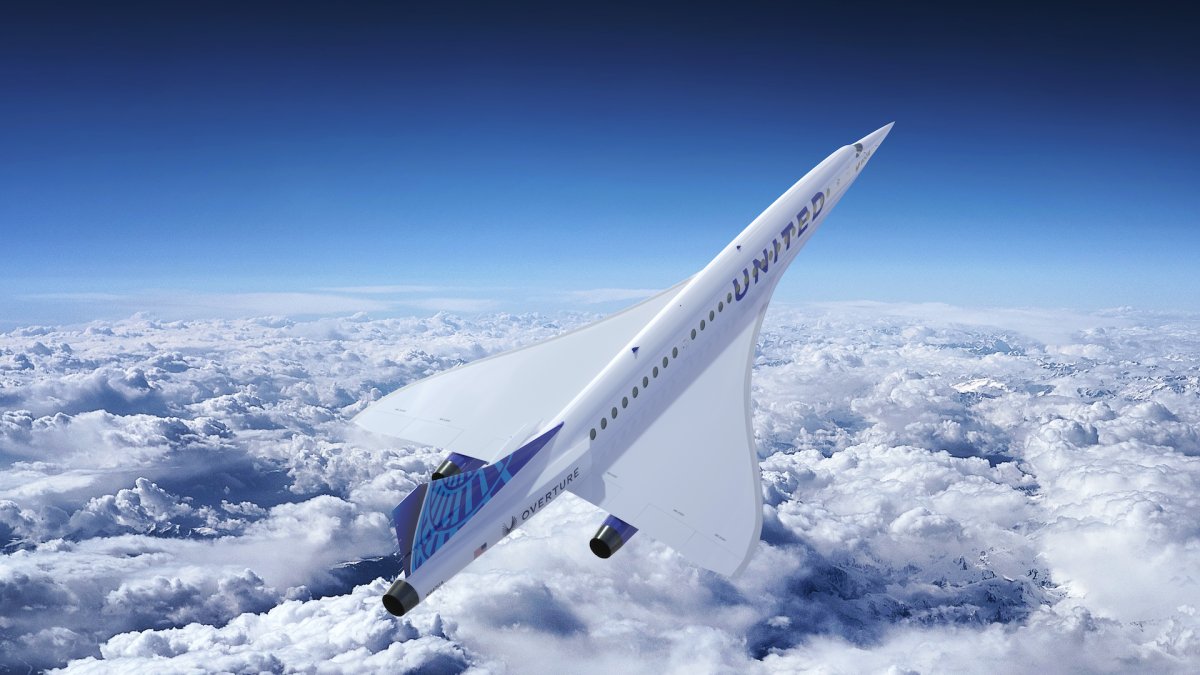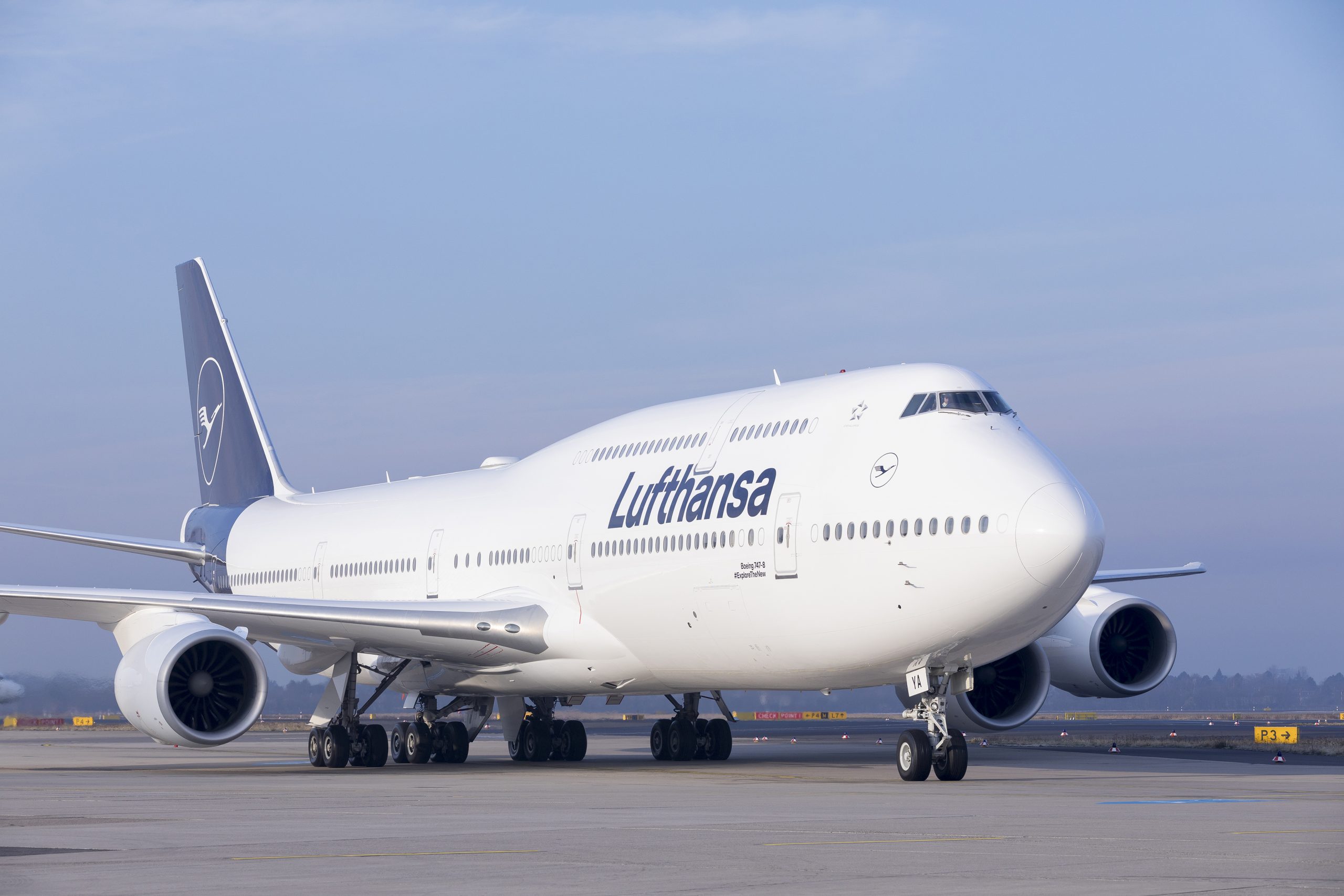get what you @@Ananda are saying here about it being targeted to the upper classes, yet let’s be realistic
@Terran if you look again to my post, you can see what I mean on the target segment are those who are using Premium Class (Airlines definition for Premium classes are First, Business and sometimes Premium Economy) and those who use Business Charters.
As my link shown business charters model are growing even during COVID, compared to overall global Airlines Industry that are depressed significantly. Perhaps we got different perception in whose Upper Class. For me Upper Class is not the Elites. Upper class definition (in Economics/Finance Industry) are those segment belong to Upper Middle Class above (including the Elites), so it's broader that the Elites that represents mostly the top 1% of population. Even it's broader, however it's not for the average Joe's or the Mass that flying with coaches.
The trend now even for those Elites that can afford to procure their own Business Jets, put their Business Jets with Rental Companies Pool in order to reduce their Maintenance costs. For large companies it's more efficient for them to get into agreement with rental company. That way those Elites and Large Companies executives can still get access to Business Jets anytime they want however still more efficient than maintainance on your own. The trend working cause the Finance/Investment Companies willing to bank roll those trend.
This happen since those Rental Companies can charge group of 8-12 travelers equivalent of 30% premium over traveling with schedule Airlines Premium Classes on certain routes. In fact you can share the groups with others if you want to. The Rental Companies can arrange that. That's why they can broaden their target market to overall Upper Classes and not just the Elites and Top Executives.
That put competition to Premium Classes in regular Airlines. That's why some of the Airlines begin to convert (or thinking on doing) some of their plane on certain routes for Premiums only as part of Business Jets routes or charters. This already happened even before COVID. Singapore Airlines for example already make their direct Singapore to New York Newark as Premium Class only (with cheapest is Premium Economy that averaging slightly twice than coaches).
So I believe the thinking of United to get into this Supersonic Boom Overture is also to play on Business Jets only routes or charters model. This off course can
only workable if the promise by Boom to make average seat costs will not much different with current average premium seat costs achievable.
So yes, the business models that only aim for the Elites will not work. However business models that aim for broader upper class segment can work, and even during this COVID shown can even growing.
. The problem is this virus is mutating quickly growing more virulent with each mutation. This will change people's behaviour.
Some of rhe mutation can be more virulent, but so far the vaccine can cope. I do think by end of this year most of OECD's nation's can already vaccinated 60%-70% of their population. While the middle income countries already reach 40%-50% of their population.
The problem will be Sub Sahara Africa and some islands nations in Pacific and those states still in conflicts like Libya, Syria, Yamen and Palestine, or middle income but failed state like Venezuela. However since most business and travellers are not included them, then the risk of contagious travelling infection can be reduced significantly.
COVID will not go away. Don't forgot that common North America influenza strain kill thousands of people annually. However most of them can be handled by regular annual Influenza shoot. Thus after this first round of vaccination drive, I suspect there will be regular vaccine booster need to be taken for time to time for the travelers. However it actually not much different from current conditions. I remember when I when to US in winter 2019, my doctor told me to take flu shot as winter is seasons for North America flu/influenza strains.
So I do think that's the new normal that will be facing by next year onward.


